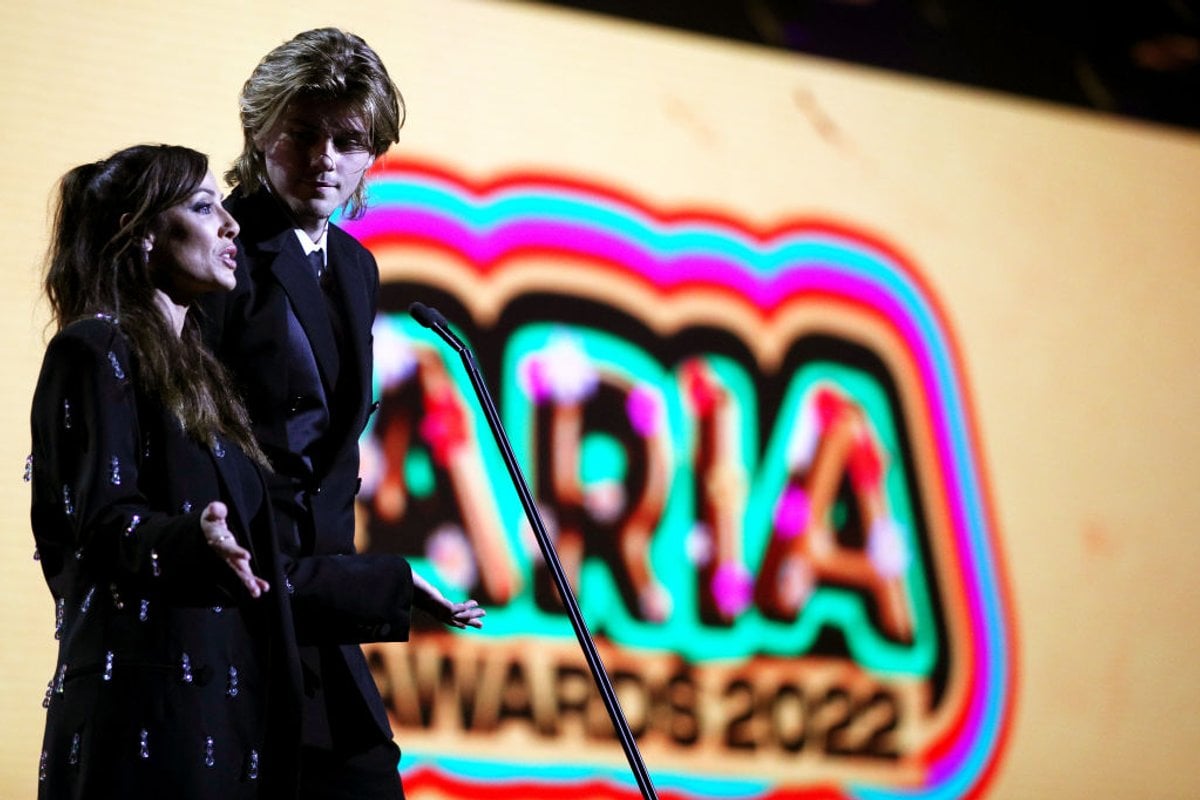
In the lead up to the 2021 ARIA Awards, writer Caleb Triscari collated 34 years worth of data in order to advise Australian musicians - statistically speaking - on what they needed to do in order to win their own silver, pointy trophy.
The most obvious suggestion was: be a man.
Triscari, writing for The Music Network, found that less than a quarter of 'Album of the Year' awards had ever been won by female-fronted acts.
That same year, the ARIA Awards announced a landmark change. They would be replacing the Best Female Artist and Best Male Artist categories with a non-gendered category: Best Artist.
At the time, ARIA CEO Annabelle Herd said in an official statement, "the time for separating artists based on gendered categories that exclude non-binary artists altogether has passed."
"The music industry is demanding a more equal, inclusive, safe and supportive space for everyone," she said, "and ARIA is working hard to achieve that across the ARIA Awards and everything we do."
A major reason for the change, of course, is that gender-specific categories exclude artists who identify as non-binary. But another reason is because, intuitively, having gendered categories for music seems fundamentally unnecessary. If you win a 'best artist' award, don't you want to know you're the best, not the best woman?
The ARIAs aren't the first award show to go gender neutral, and they certainly won't be the last. The Grammys abolished their 'male' and 'female' categories a decade ago, followed by high-profile events like the MTV Movie and TV Awards and the Gotham Awards. Increasingly, the SAG Awards, Emmys and Oscars face pressure to abolish their gender designations, and with more performers identifying as neither male or female, it's hard to see how they'll be able to maintain those categories in the future.

Top Comments